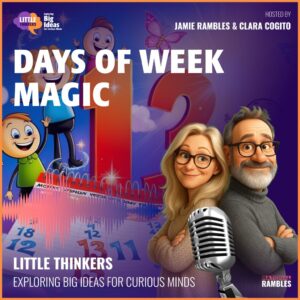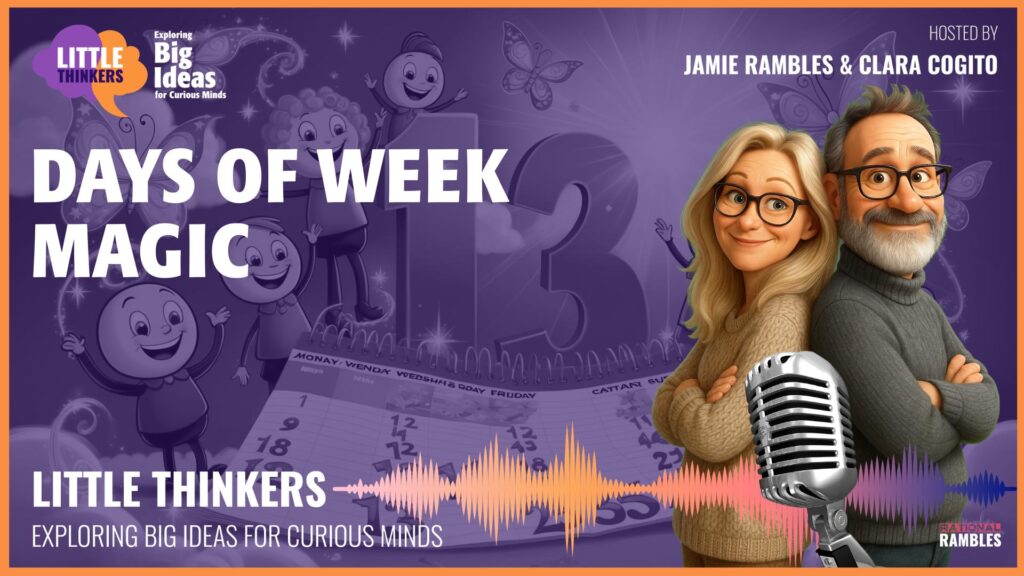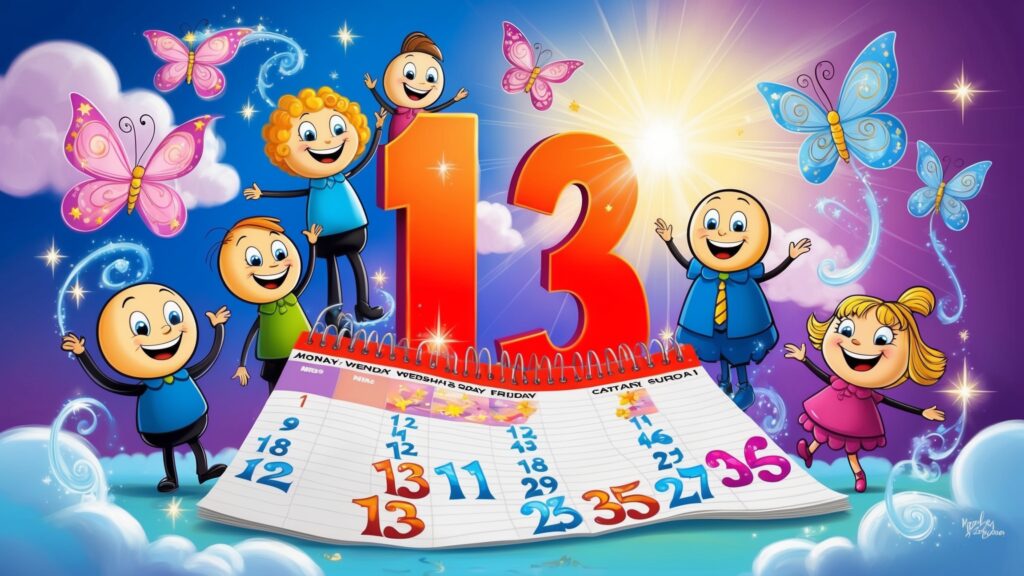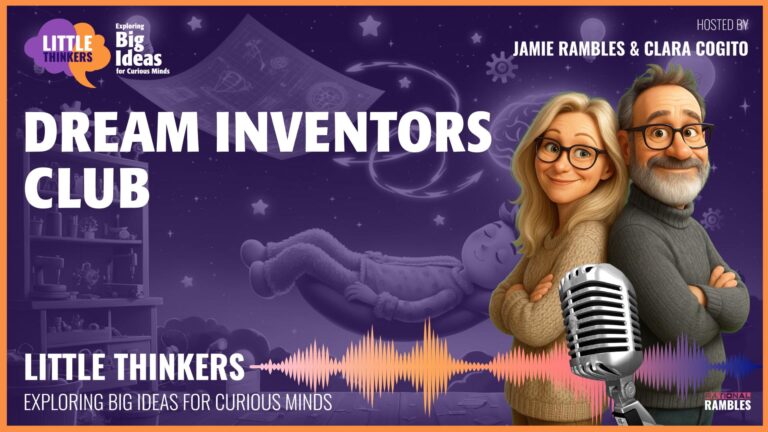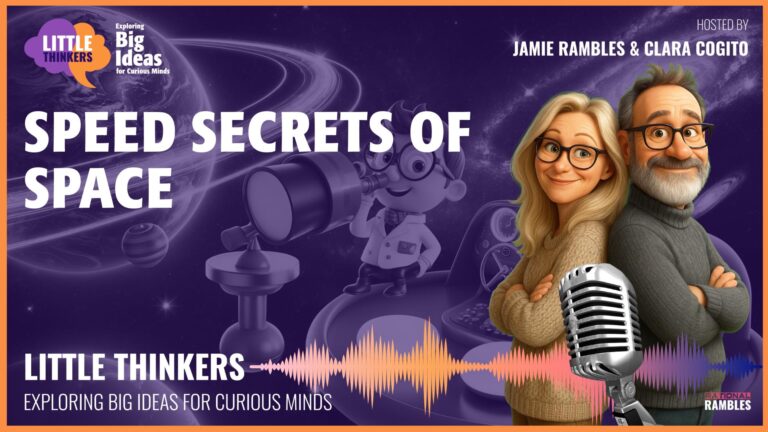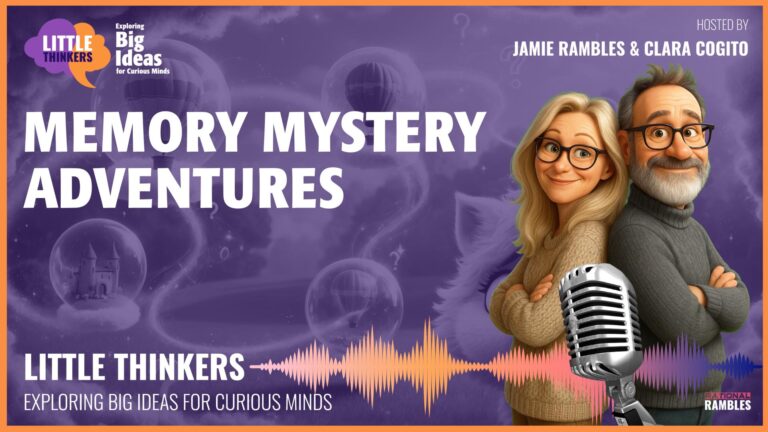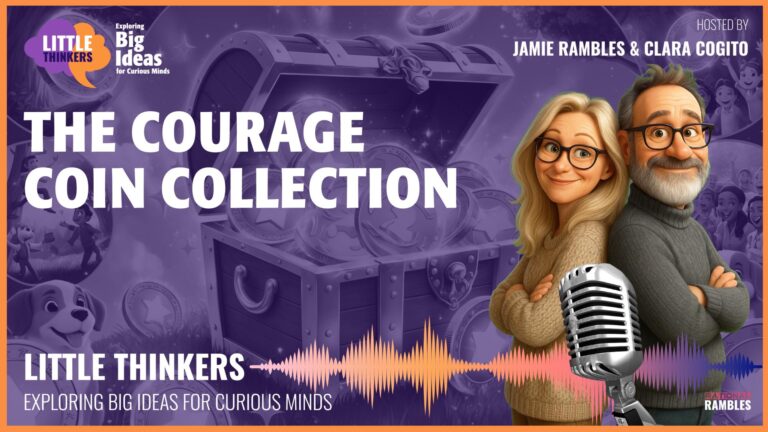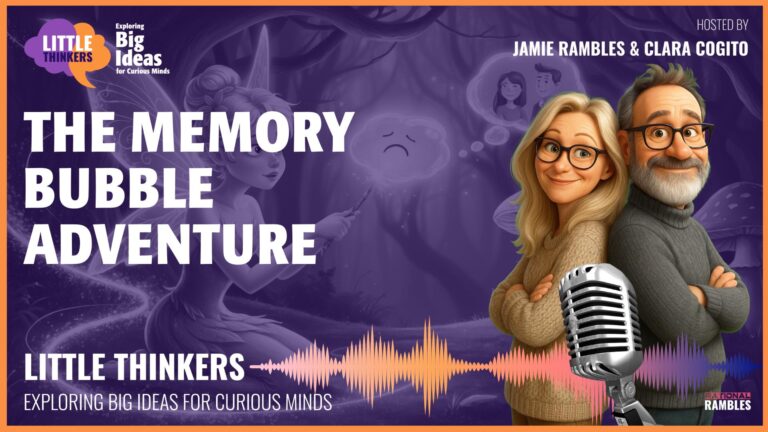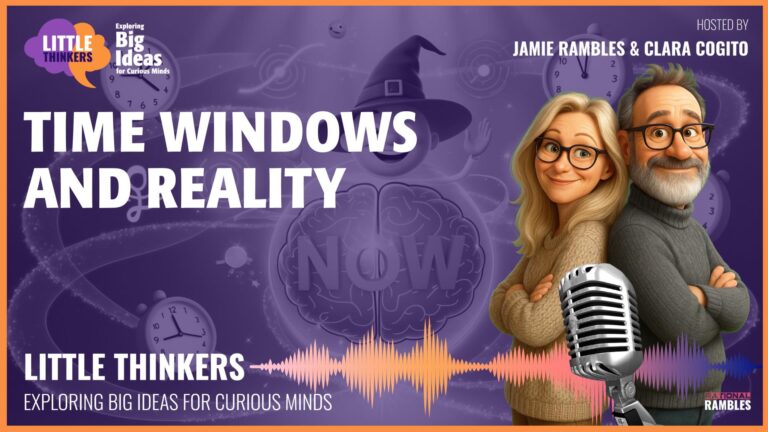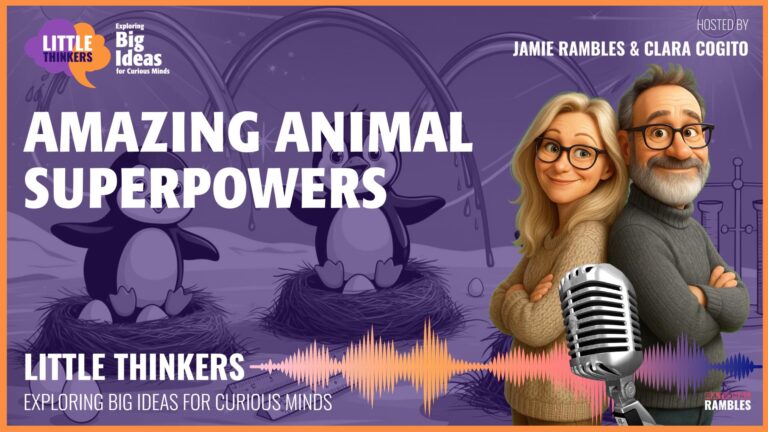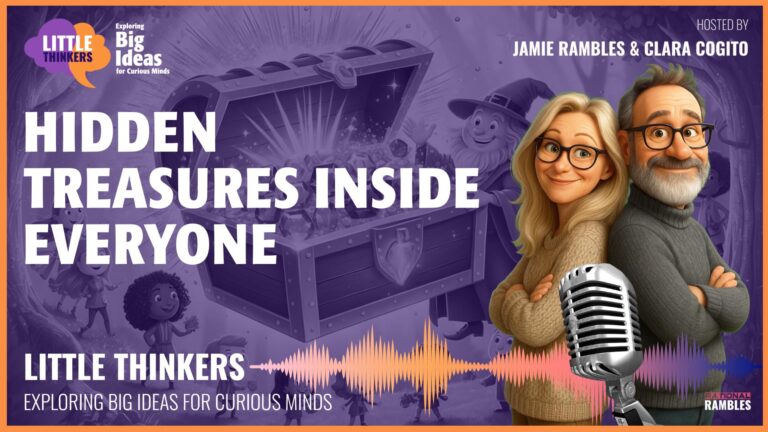The Amazing Calendar Mystery: Weekday Wonders Revealed!
A Super Strange Calendar Secret
Have you ever looked at a calendar hanging on your wall and wondered if there was something magical hiding inside it? Get ready for a brain-fizzing surprise! If you close your eyes and point to a random date on any calendar, some days of the week show up MORE than others. That’s right—Monday might appear more often than Sunday!
But wait… that doesn’t make sense, does it? Don’t the days just go around in a perfect circle, taking turns one after another?
The Weekday Race
Imagine the days of the week are running a super slow race that takes hundreds of years to finish. In this very long race, some days actually run ahead of others!
Monday, Wednesday, and Friday appear more often than Saturday and Sunday on our calendars. It’s like they’re playing a game of hide-and-seek, but some days are better at hiding than others!
Try This Yourself!
Grab a calendar from your kitchen wall or ask to look at one on a grown-up’s phone. Pick any month and look closely. Do you notice how some days of the week appear 5 times instead of 4? That’s part of the mystery!
Leap Year Magic
The big reason for this weekday weirdness is something called leap years. A leap year is a special year when we add an extra day—February 29th. It’s like a magical doorway that only appears sometimes!
We usually add this extra day every 4 years. But there’s a super tricky rule: if a year ends in “00” (like 1900 or 2100), it’s only a leap year if it can be divided by 400. So 2000 was a leap year, but 1900 wasn’t!
Calendar Marbles Game
Imagine you have 7 colored marbles—a red one for Monday, orange for Tuesday, yellow for Wednesday, and so on. Now pretend you’re placing one marble for each day in a loooooong line that stretches for years and years.
If every year had exactly 52 weeks (364 days), you’d end up with exactly the same number of each colored marble. But because some years have 365 days and some have 366, the pattern gets all jumbled up!
Friday the 13th: The Most Common Spooky Day!
Have you ever heard grown-ups talk about Friday the 13th being unlucky? Well, here’s something that might make your eyes pop: over a period of 400 years, the 13th day of a month falls on a Friday MORE than any other day of the week!
That’s right! The “unlucky” day actually shows up more often than any other day! It happens exactly 688 times in 400 years. That’s like finding out the monster under the bed visits more often than the tooth fairy!
The 13th Day Count
- Friday: 688 times
- Sunday: 687 times
- Other days: Between 684 and 687 times
So Friday the 13th isn’t just spooky—it’s special because it happens more often. That’s cosmic calendar comedy!
Birthday Day-Jumping
Here’s a fun brain-teaser: If your birthday falls on a Tuesday this year, what day will it be NEXT year?
The answer is… Wednesday! Since a regular year has 365 days, and when you divide 365 by 7 (the number of days in a week), you get 52 weeks with 1 day left over. So your birthday “jumps” forward one day each year.
But wait! In a leap year, some birthdays jump TWO days forward! The calendar is like a hopscotch game where sometimes you take an extra hop!
Birthday Prediction Game
Try this with your friends! Find out what day of the week their birthday falls on this year. Then tell them what day it will be next year. You’ll seem like a calendar wizard!
Calendar Friends
Did you know that months have “friends” that always start on the same day of the week? It’s true! In a regular year, if January starts on a Monday, then October also starts on a Monday. May starts on a Monday too!
It’s like months are playing a secret game of matching patterns across the year. So cool!
Find the Pattern
Look at this year’s calendar and try to find which months are “friends” that start on the same day. It’s like a detective game for your brain!
The Great Calendar Repeat
Here’s something super amazing: every 28 years, the calendar repeats exactly—same days, same dates! It’s like the calendar plays the same song over and over, but each time the song takes 28 years to finish!
But there’s a twist! This pattern can get messed up when a century year that’s not divisible by 400 (like 1900) pops up. It’s like the calendar is doing a really complicated dance routine that usually repeats every 28 years, but sometimes throws in a surprise move!
Different Calendars Around the World
Our regular calendar (called the Gregorian calendar) isn’t the only one people use! Some cultures use completely different systems where months follow the moon, not the sun.
That’s why celebrations like Chinese New Year and Ramadan move to different dates on our calendar each year. It’s like different time dances happening all at once!
Moon Calendar vs. Sun Calendar
A lunar (moon) calendar has months that follow the phases of the moon. Each month starts when there’s a new moon in the sky. Our regular calendar follows the sun’s yearly journey instead.
Imagine if your school schedule followed the moon instead of having the same dates every year. Some months you might have extra school days, and other months you’d have fewer!
Why More Weekday Babies?
Here’s another calendar mystery: there are probably more babies born on certain weekdays than on weekends! This happens for two reasons:
- The calendar math we talked about makes some weekdays appear more often
- Hospitals schedule more planned births on weekdays than weekends
So if you were born on a Tuesday, you have lots of Tuesday birthday buddies out there!
Calendar Detective Challenge
Now that you know some of the calendar’s biggest secrets, here are some mysteries for you to solve:
- Look at this month’s calendar. Which day of the week appears 5 times?
- If Christmas (December 25) is on a Thursday this year, what day will it be next year?
- Find a month where the 13th falls on a Friday. Is it extra spooky that day?
The Wonder of Everyday Patterns
The most amazing thing about our calendar adventure is that such an ordinary thing—something we look at every day—can hide such fascinating patterns!
The next time you look at a calendar, remember that you’re looking at a mathematical marvel full of patterns and surprises. Those little numbered squares are actually full of wonders!
And the next time someone mentions Friday the 13th being unlucky, you can tell them it’s actually special because it happens more often than other day-date combinations over time. You’ll sound super smart!
What Other Patterns Can You Find?
Keep your eyes open for patterns in unexpected places, because the world is full of mathematical marvels just waiting to be discovered! Maybe you’ll spot a calendar pattern no one has noticed before.
What other everyday things might be hiding amazing patterns? Your shoelaces? The leaves on trees? The way your toys fit in your toy box? Once you start looking for patterns, you’ll find them everywhere!
Remember: The world is full of wonder when you look at it through curious eyes!
